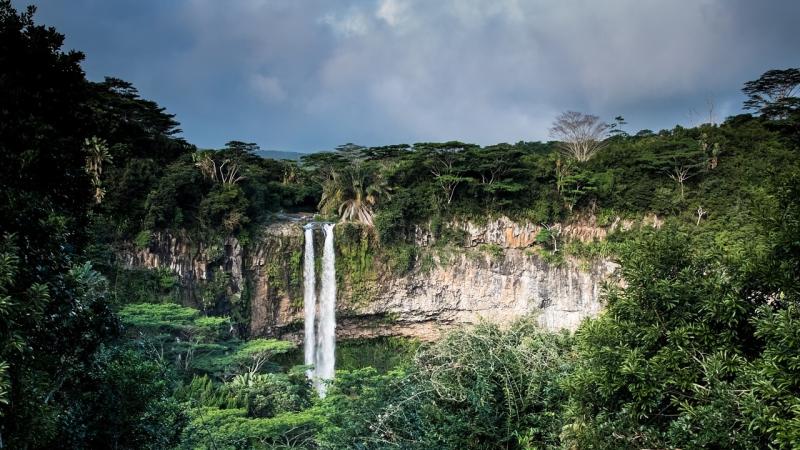
Forests, be it the Amazonian rainforests or the montane forests of the Western Ghats closer home, are astoundingly complex biological systems. For years, enthralled by this complexity, researchers have tried to understand the distribution of the world’s forests with the geography—a field of study called phytogeography. Till date, they have identified six floristic realms—geographical areas with a uniform composition of plant species—across the world, namely Afrotropical, Antarctic, Boreal, Holarctic, Neotropical and Paleotropical realms.
The advent of phylogenetics, or the study of evolutionary relationships among biological entities using genetic data, has aided in establishing new, evolutionary connections among several plant and animal species across the world. In a recent study, published in the Proceedings of the National Academy of Sciences (PNAS) of the United States of America, an international team of researchers have phylogenetically classified the world’s tropical forests into five principal floristic regions—Indo-Pacific, Subtropical, African, American and dry forests that include the famed forests of Andes ranges and Brazilian Cerrado.
“This study is different in the fact that for the first time a global classification of forests based on inventory data using phylogenetic (evolutionary) similarity between tree communities is produced", remarks Dr Ferry Slik, an Associate Professor at the Universiti Brunei Darussalam, Brunei Darussalam, and an author of the study. "The findings highlight historical similarity better than previous analyses that were based on just similarity in species, genus or family", he adds, talking about the novelty of this approach.
Previous classification systems often found the three main tropical continents—America, Africa and Asia—as separate biomes. America stood separated from Africa and Asia, and often there were distinctions between the classical 'New-world' and 'Old-world' tropics. "Our study links most African forests with American forests, while some are linked to Asian forests, i.e. the split runs through Africa”, explains Dr Slik.
The phylogenetic tree, proposed in the current study, included all flowering plants dating back to 140 million years. It was found that the plants from the Late Cretaceous period, as old as 100-66 million years, dominated the present-day tropical forests. The pattern of distribution is further explained by the breakup of an ancient supercontinent, Gondwanaland. The breakup of Gondwanaland into present-day Africa, South America, Australia, Antarctica, the Indian subcontinent and the Arabian Peninsula, explains the connection between South American and African forests.
“The phylogenetic analysis just calculates the evolutionary distance in years since the last common ancestor between pairs of species in each tree inventory, gathering accurate information on the health and diversity of a forest. Based on that, you can calculate an average similarity between inventories, with more closer inventories having more species in common that split apart more recently”, elucidates Dr Slik.
In the 1970s, two famous botanists, Peter Raven and Daniel Isaac Axelrod, had proposed a link between Africa and America based on plant fossils. The current study provides evidence for the same, thereby confirming the relationship. Also, the study found indications for the existence of a global dry forest region with representative forests in America, Africa, India and Madagascar that are characterised by a deficit of rain and contain deciduous species. A northern hemisphere subtropical forest region was identified within representative field sites from Asia and America providing evidence for their forest linkages.
“There are still many things to discover about tropical forests”, says Dr Slik, adding that there are only a handful of studies that have compared global patterns in forests.
“Such comparisons are important because it has become clear that there are substantial regional differences in tree compositions and forest structure, which are linked to the separate historical developments of all these regional forests. If we can pinpoint these differences, we will also be much better in predicting how these forests will respond to things like climate change, forest fragmentation, and increasing levels of carbon dioxide. It clearly has significant policy implications as well, not just contributing fundamental biological knowledge”, he adds, talking about the implications of such studies.





